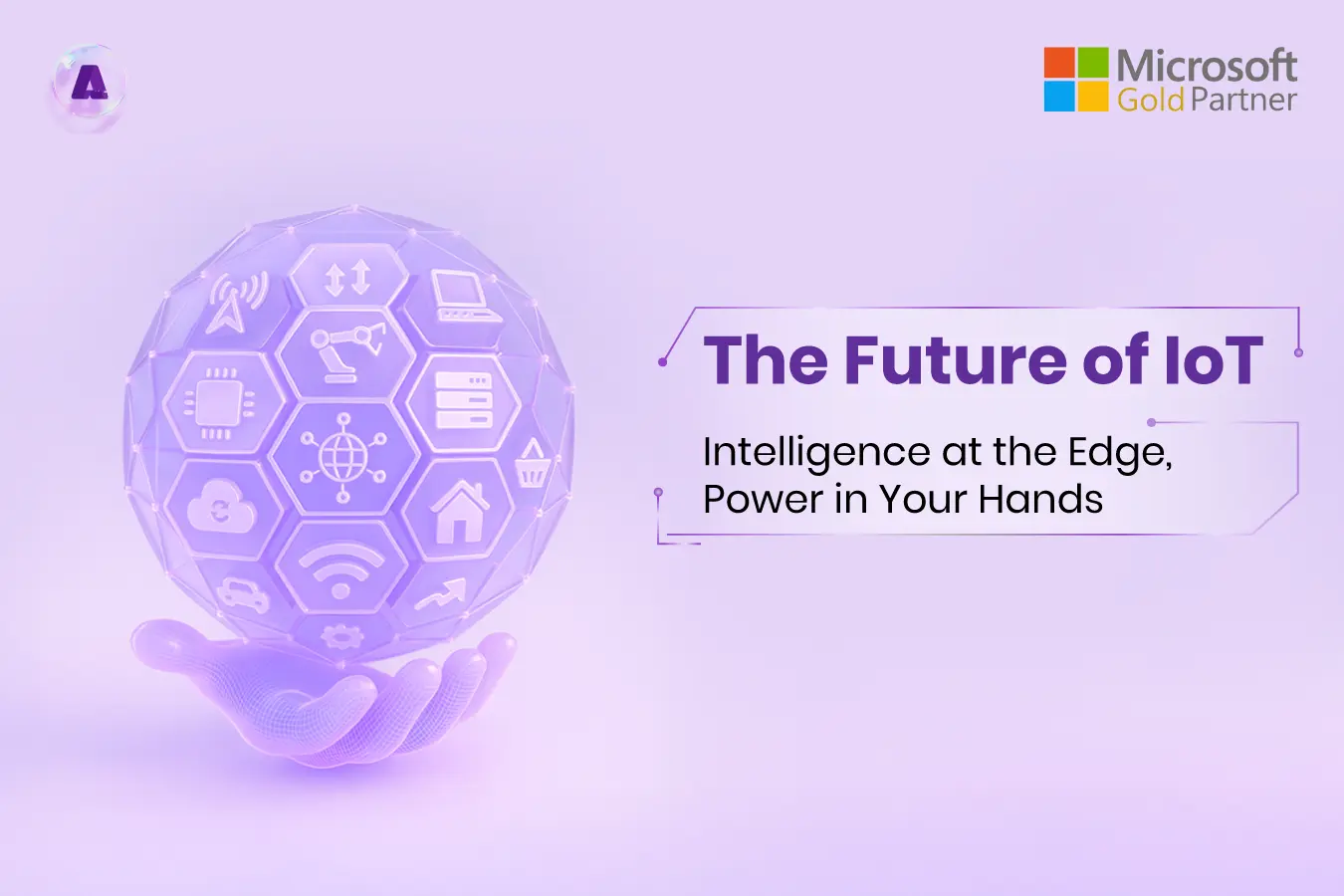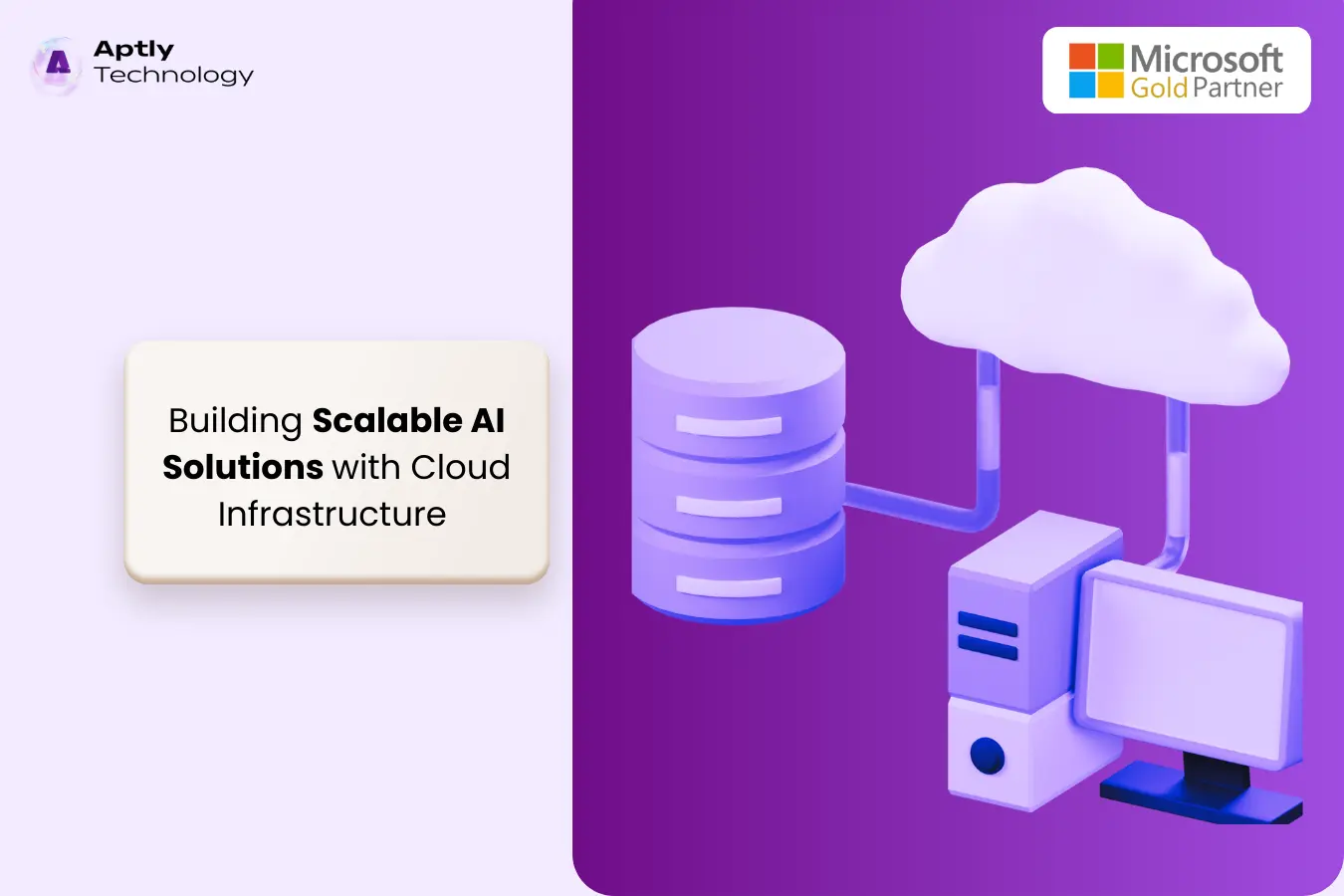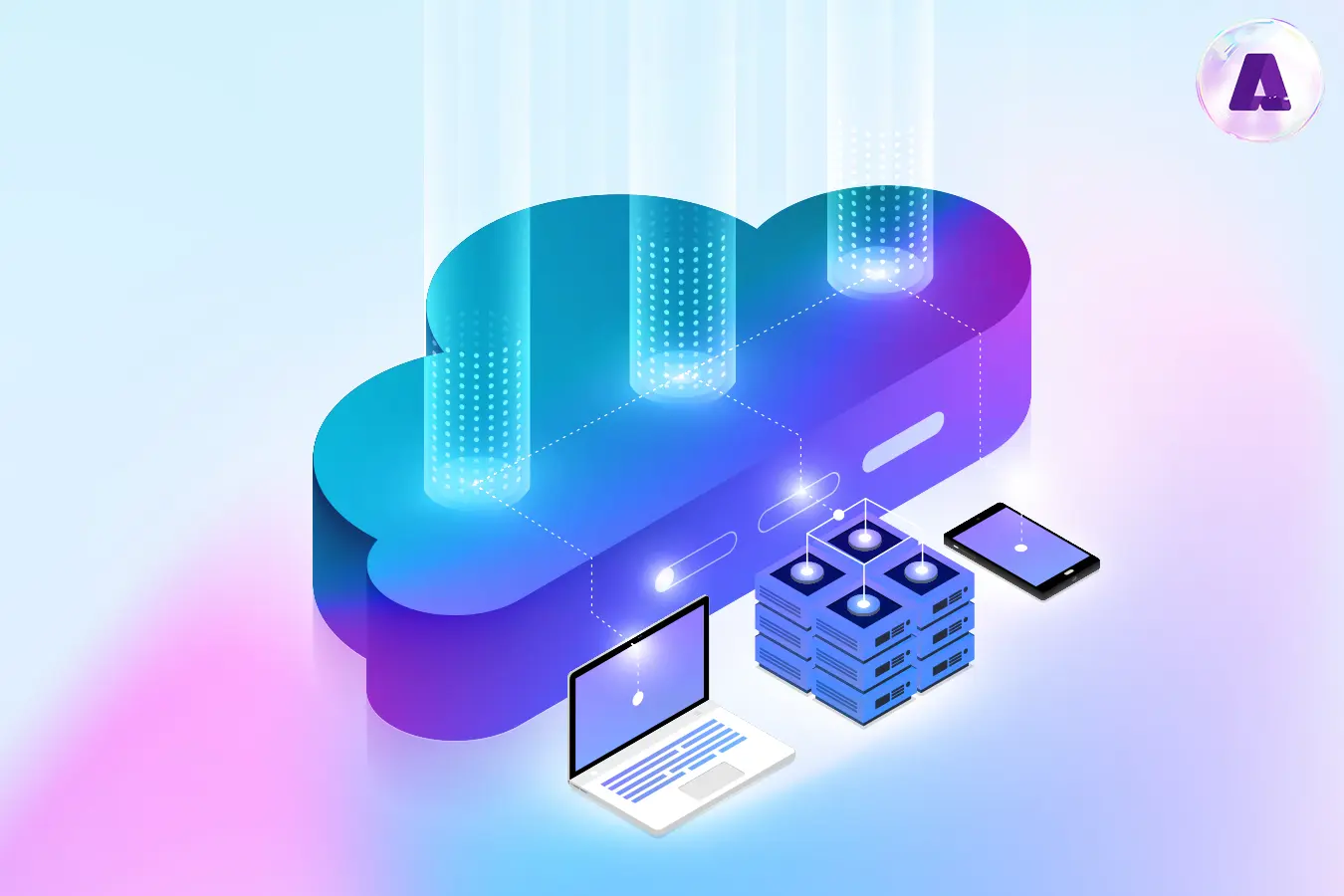
There was a time when the term “smart device” referred to a phone. Today, it could be your car, your coffee machine, or the tractor on a rural farm in Iowa. As someone working at the intersection of cloud infrastructure and AI, I’ve watched the Internet of Things evolve from simple automation to intelligent ecosystems. And here’s the truth: we’re not just connecting devices—we’re transforming how entire industries think and act.
So, what’s next for IoT? Let’s explore what’s coming, what’s working, and what’s still in the way.
Smarter Devices Start with Smarter Decisions
The real shift in IoT isn’t just scale—it’s intelligence.
We’re moving beyond devices that report information to systems that respond to it. With platforms like Microsoft Azure IoT and Azure Digital Twins, organizations are now modeling entire environments—factories, hospitals, even cities—as digital replicas that learn and adapt in real time.
According to Microsoft, this convergence of AI and IoT is helping businesses shift from reactive to proactive. Machines no longer wait to break—they warn you in advance. Supply chains no longer scramble—they anticipate demand. This is not the future. This is now.
As Gartner noted in their 2024 Emerging Technologies report, IoT combined with generative AI and edge computing is becoming a core pillar of enterprise innovation.
Why Edge Computing Is the New Cloud Frontier
Traditional IoT systems send all data to the cloud for analysis. But that’s no longer sustainable—especially when decisions need to be made in milliseconds.
Edge computing changes that. It brings computation closer to where data is generated. That means faster response times, lower latency, and better resilience—especially in industries where delays can cost lives or millions.
Microsoft’s Azure Stack Edge is already proving this in the field—whether it’s analyzing video streams in real-time at a factory floor or enabling connected ambulances to diagnose patients before reaching a hospital.
In short: IoT is growing up, and it’s moving out—to the edge.
Real-World Applications: From Farm to Factory to Pharmacy
What’s powerful about IoT is how adaptable it is. Here are just a few ways it’s being used to solve real problems across industries:
Agriculture
- Smart sensors monitor soil health, crop conditions, and even animal behavior.
- Farmers can detect water stress and optimize irrigation—saving millions of gallons annually.
- Companies like John Deere are investing in autonomous tractors powered by real-time IoT + AI feedback loops.
Healthcare
- Remote patient monitoring is no longer optional—it’s a lifeline.
- IoT-enabled wearables now track vitals, send alerts to caregivers, and integrate with hospital systems.
- Smart beds and connected inhalers are improving outcomes while reducing readmissions.
Logistics & Transportation
- Real-time fleet tracking, route optimization, and predictive maintenance reduce downtime and fuel costs.
- Smart traffic systems are already improving commute times in major cities like Singapore and Amsterdam.
Retail
- From shelf sensors to smart checkout, IoT is driving both personalization and efficiency.
- Retailers are integrating footfall analytics with inventory to predict demand with impressive accuracy.
Manufacturing
- With digital twins and machine vision, manufacturers are running predictive maintenance, improving uptime, and even simulating production runs before retooling.
- Smart factories aren’t just efficient—they’re self-aware.
Forbes recently called this “the age of actionable data,” and rightly so. Every connected device becomes a decision-maker.
The Challenges We Can’t Ignore

While the promise is enormous, the path isn’t without friction. Here are the biggest obstacles enterprises are grappling with:
Security and Trust
IoT expands the attack surface. Each new device is a potential entry point. Without a security-first strategy, companies risk exposing sensitive data or critical infrastructure.
Microsoft recommends applying Zero Trust architecture across all IoT deployments—starting with device authentication, encrypted communications, and continuous threat monitoring.
Integration with Legacy Systems
Most enterprises still run a mix of on-prem and cloud systems. Plugging IoT into this patchwork takes planning, middleware, and flexible APIs.
Scalability and Complexity
Going from 100 to 10,000 devices isn’t just a hardware issue. It requires orchestration, device management, edge gateways, and seamless cloud synchronization.
Data Deluge
IoT can produce too much data. The challenge isn’t collection—it’s curation. What matters is making it actionable.
Best Practices: Building IoT Systems That Last
If you’re looking to invest or scale in IoT, here’s what we’ve seen work time and time again:
✅ 1. Start with the Business Case
Don’t deploy tech for tech’s sake. Tie every IoT initiative to a measurable outcome—reduced downtime, faster time to market, better customer experience.
✅ 2. Secure from Day One
Think of security as part of the design, not an afterthought. Use device-level authentication, encrypted protocols, and centralized patch management.
✅ 3. Embrace Edge + Cloud Synergy
Let the edge handle time-sensitive processing while the cloud focuses on orchestration and advanced analytics. Microsoft’s hybrid architecture is a great model to follow.
✅ 4. Design for Scale and Interoperability
Avoid vendor lock-in. Choose platforms (like Azure IoT, AWS IoT Core, or GCP IoT) that offer robust APIs, cross-device support, and future-ready scalability.
✅ 5. Use AI to Extract Value
Apply ML models to detect anomalies, forecast trends, and automate actions. This is where the real ROI lives.
Looking Ahead: From Data to Decisions
We’re heading toward a world where the physical and digital are no longer separate. Your warehouse won’t just have sensors—it will understand what’s happening in real time. Your city won’t just collect traffic data—it will optimize its own flow.
That’s the power of IoT when it’s combined with AI, edge computing, and cloud orchestration.
It’s not about more devices. It’s about smarter systems. And organizations that embrace this mindset today will be the ones shaping the industries of tomorrow.
Final Word
If your business is exploring what’s next in IoT, don’t just ask what you can connect. Ask why. Start with the outcomes. Build for intelligence. And design for speed.
At Aptly Technology, we help enterprises turn IoT ambitions into reality—with edge-to-cloud architectures, secure deployments, and AI-integrated platforms. Want to talk about your next IoT move? Let’s connect.





